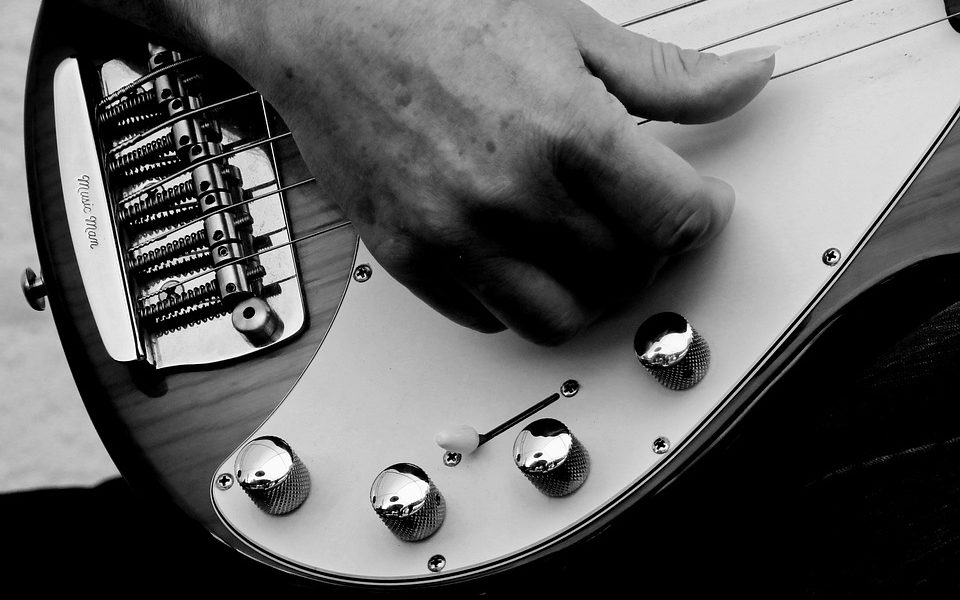Mastering Guitar Chords: Your Ultimate Guide for Live Performances
Mastering Guitar Chords: Your Ultimate Guide for Live Performances
As a guitarist, one of the most important skills you can master is playing guitar chords. Chords are the foundation of any song, and knowing how to play them proficiently is essential for live performances. In this ultimate guide, we will break down everything you need to know about mastering guitar chords for your next live gig.
Understanding Basic Chords
Before diving into more advanced chord shapes, it’s crucial to have a solid understanding of basic guitar chords. These include open chords such as C, G, D, A, and E, as well as barre chords and power chords. Practice transitioning between these chords smoothly and accurately, as they will form the basis of many songs in various genres.
Expanding Your Chord Vocabulary
Once you have mastered basic chords, it’s time to expand your chord vocabulary. Learn more complex chord shapes such as minor chords, dominant 7th chords, suspended chords, and add9 chords. Experiment with different voicings and inversions to add depth and complexity to your playing.
Building Muscle Memory
Building muscle memory is essential for mastering guitar chords. Practice chord transitions regularly so that your fingers can move effortlessly between shapes without hesitation. Work on playing chords in different keys and positions on the neck to improve your overall dexterity and agility.
Understanding Chord Progressions
In addition to mastering individual chords, it’s important to understand chord progressions. Chord progressions are the sequence of chords that make up a song, and they play a key role in creating musical tension and resolution. Learn common chord progressions in different keys and practice playing them in various styles and rhythms.
Developing Rhythm and Timing
Playing guitar chords isn’t just about hitting the right notes – it’s also about developing a good sense of rhythm and timing. Practice strumming patterns and fingerpicking techniques to enhance your rhythmic skills. Pay attention to dynamics and accents to create a dynamic and engaging performance.
Experimenting with Different Guitar Effects
Guitar effects can add a new dimension to your chord playing. Experiment with effects such as reverb, delay, distortion, and chorus to create unique and expressive sounds. Find the right balance between effects and your natural guitar tone to enhance your live performance.
Practicing with a Metronome
A metronome is a valuable tool for improving your timing and precision when playing guitar chords. Practice with a metronome to develop a steady sense of rhythm and to ensure that you are playing in time with other musicians during live performances. Start with a slow tempo and gradually increase the speed as you become more comfortable.
Learning Chord Substitutions and Extensions
Chord substitutions and extensions can add color and complexity to your chord progressions. Experiment with substituting common chords with more interesting alternatives, such as sus2 or sus4 chords. Incorporate extensions such as 9ths, 11ths, and 13ths to create rich and harmonically complex sounds.
Improvising with Chords
Improvisation is a key skill for any guitarist performing live. Practice improvising with chords by experimenting with different voicings, inversions, and extensions. Develop your ear training and ability to play by ear by learning to follow chord progressions and improvise melodies on the spot.
Preparing for Live Performances
Preparing for live performances involves more than just mastering guitar chords. Practice your setlist regularly and pay attention to transitions between songs. Rehearse with other musicians to ensure that you are playing in sync and in harmony. Familiarize yourself with the venue’s sound system and equipment to avoid any technical issues during the performance.
Conclusion
Mastering guitar chords is a fundamental skill for any guitarist looking to excel in live performances. By understanding basic chords, expanding your chord vocabulary, building muscle memory, and developing rhythm, timing, and improvisational skills, you can enhance your performance and captivate your audience. Experiment with different guitar effects, chord substitutions, and extensions to create unique and expressive sounds. With dedication, practice, and perseverance, you can elevate your chord playing to new heights and deliver an unforgettable live performance.






